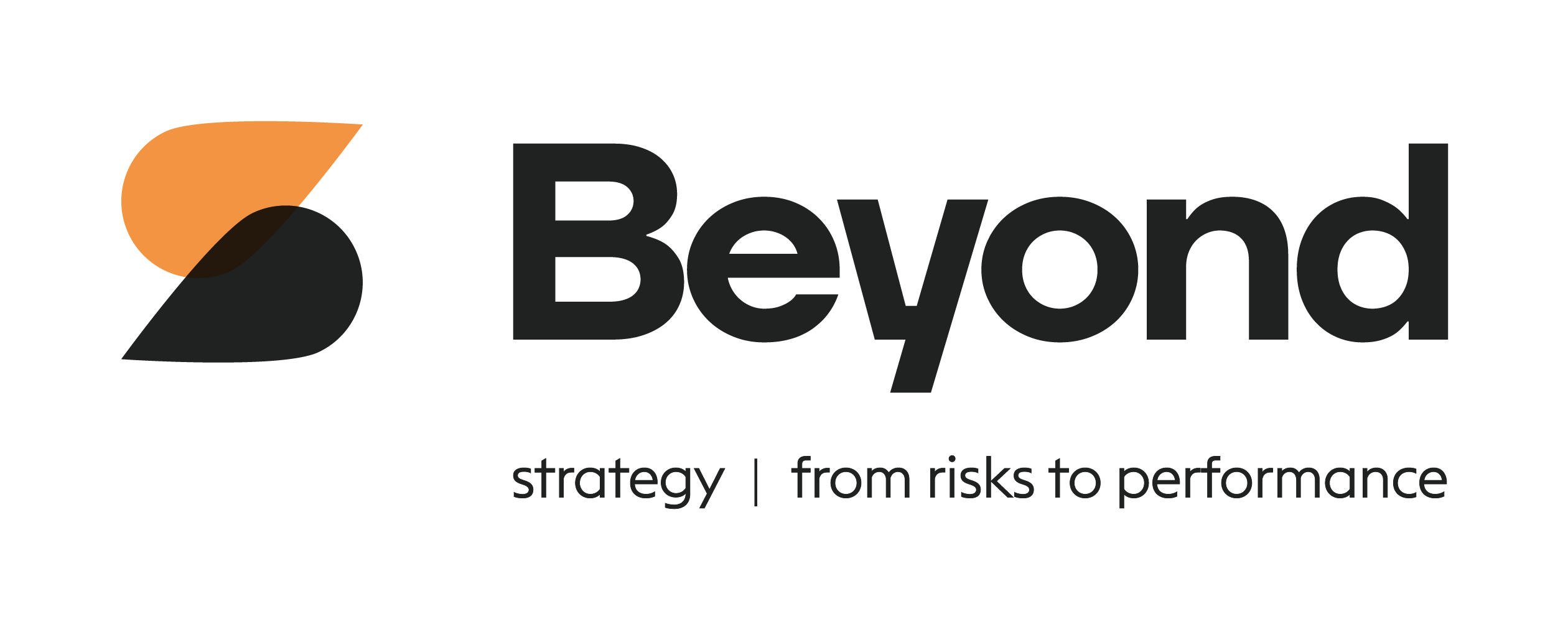Sustainability reporting is no longer an optional exercise for socially conscious companies – it’s a business imperative. With the Corporate Sustainability Reporting Directive (CSRD) setting new, more stringent requirements in the EU, organizations are under pressure to expand disclosures and demonstrate real progress on environmental, social, and governance (ESG) matters. However, the most forward-thinking companies go further than simply ticking boxes to meet mandatory obligations. They recognize that sustainability reporting can be a powerful strategic tool with far-reaching impacts.

1. The Rise of CSRD – A Quick Snapshot
The CSRD tightens the scope and depth of non-financial disclosures, requiring:
- Increase in scope of companies: Not just large companies; gradually smaller companies and listed SMEs will also have to comply.
- Enhanced ESG metrics: More detailed environmental and social data, including greenhouse gas (GHG) emissions tracking and diversity metrics.
- Mandatory audit: Sustainability information will now need to be verified by an external auditor or independent assurance services.
- Double Materiality: Companies must assess both how sustainability matters affect their business and how the business impacts people and the planet.
- Digital format (XTHML, XBRL): Reports must be made available in a digital, machine-readable format.
Yet, while the CSRD mandates a baseline of accountability, it also opens new opportunities. Forward-thinking organizations can harness ESG reporting to shape corporate reputation, strengthen client trust, attract ESG investors, and drive innovation.
2. From Compliance to Competitive Edge
Rather than viewing new reporting requirements as an administrative burden, leading companies see them as a springboard for competitive differentiation. When done right, sustainability reports serve multiple strategic purposes:
- Better Financial Conditions
Investors increasingly rely on ESG data to evaluate long-term risk and potential. Demonstrating robust, transparent reporting positions your company as future-focused and resilient – a key advantage in securing capital and investor confidence. - Increased Reputation & Credibility
A credible sustainability report speaks volumes to consumers, employees, and partners alike. When your brand is perceived as authentically committed to social and environmental impact, customer loyalty and talent attraction often follow. - Better Risk Management and Operational Optimization
Collecting more granular information about resource use (energy, water, waste) reveals efficiency gaps and cost-saving possibilities. By analyzing these data points, you can identify inefficiencies and invest in technologies or processes that reduce both your carbon footprint and expenses. - Regulatory Preparedness
ESG regulations around the globe continue to evolve. By adopting a structured, strategic approach to reporting now, you’ll avoid headaches as new requirements emerge. In fact, an ANC webinar on July 17, 2024, highlighted that the first companies to publish a CSRD report began their preparations 12–18 months beforehand—underscoring the importance of an early start. Waiting too long could lead to a rushed, potentially flawed compliance process. - Integration of ESG Considerations Into Long-Term Strategic Planning
According to a board member of a prominent association for sustainable development directors (also speaking at the ANC webinar), the ambition of CSRD far exceeds previous directives (including the NFRD). Now, companies must craft a five-year ESG strategy—complete with action plans and financial commitments—to make costs of ESG initiatives explicit over this period. This aligns with financial objectives, bringing an unprecedented level of integration. Similar to a “Capital Market Day,” where finance departments outline five-year commitments on products, markets, and revenue, ESG considerations can now be embedded to articulate ambitions, action plans, and associated budgets, thereby strengthening long-term business strategy.
3. Structuring Your Sustainability Reporting Strategy
To get the most out of sustainability reporting, it must be approached with clarity and purpose. Here’s how:
- Define a Clear Vision and Goals
Before diving into data collection, identify your organization’s “North Star”: What do you ultimately hope to achieve regarding sustainability, and why does it matter? This clarity helps in aligning reporting with broader strategic objectives. - Materiality Assessment
Conduct a materiality assessment to pinpoint the issues that matter most to your stakeholders – investors, regulators, employees, customers, and local communities. This ensures you’re focused on high-impact areas, whether it’s carbon emissions in your supply chain or diversity in your workforce. - Leverage Robust Frameworks and Standards
Familiarize yourself with common reporting frameworks such as the Global Reporting Initiative (GRI), SASB, and TCFD, as well as the emerging European Sustainability Reporting Standards (ESRS) or VSME. These standards provide a recognized structure, ensuring consistency and comparability in your reporting. - Quantify and Qualify
Combine quantitative data (e.g., reduction in CO₂ emissions, water consumption) with qualitative narratives (such as stakeholder interviews or community impact stories). Numbers give credibility, and stories bring your initiatives to life. - Iterate and Improve
Reporting should be a continuous cycle – plan, collect, analyze, improve. By revisiting outcomes regularly, you can refine your targets, address challenges early, and celebrate tangible progress. - Use a Software Tool
Managing large volumes of ESG data and reporting across multiple frameworks can be complex. Specialized software solutions streamline data collection, enhance accuracy, and simplify the auditing process.

4. Turning Insights into Action
The most critical benefit of sustainability reporting is the wealth of insights it reveals. By carefully analyzing patterns and trends over time, organizations can:
- Identify Root Causes: Pinpoint systemic issues – from excessive waste to supply chain inefficiencies – and tackle them at their source.
- Prioritize Investments: Decide where to allocate resources to get the highest sustainability and financial returns.
- Foster Innovation: Encourage teams to propose novel solutions for lower carbon emissions, circular product design, or inclusive work environments.
- Strengthen Culture: Use reporting data to celebrate sustainability “wins” and embed these values throughout the company culture.
5. Communicating Credibly and Authentically
A well-crafted sustainability report doesn’t just present data; it tells a holistic, honest story. To gain stakeholder trust, focus on:
- Transparency: Acknowledge both strengths and shortcomings. Show stakeholders that you’re committed to continuous improvement.
- Consistency: Maintain a regular reporting cadence and consistent data boundaries for year-over-year comparability.
- Clarity: Avoid jargon and keep technical language to a minimum. Clear visuals and concise explanations can significantly broaden the report’s audience and impact.
6. Why Going “Beyond CSRD” Matters
Compliance with CSRD is becoming the minimum standard for companies operating (or raising capital) in Europe. Those who see compliance as a starting line rather than a finish line are the ones who will thrive. By using reporting as a strategic driver, they unlock long-term value, strengthen relationships with stakeholders, and future-proof operations in an increasingly competitive and sustainability-minded market.

Key Takeaways
- Adopt a strategic mindset toward sustainability reporting; view it as a driver of opportunity rather than merely a regulatory checkbox.
- Leverage insights to enhance operational efficiency, minimize risks, and cultivate a strong corporate culture that attracts customers, talent, and investors.
- Communicate transparently and consistently, ensuring credibility and fostering trust among stakeholders.
- Keep evolving – sustainability reporting is not static, and neither should your goals or processes be.
Going ‘Beyond CSRD’ is about harnessing the power of sustainability reporting as an engine for growth, innovation, and resilience. By thoughtfully measuring and disclosing your impact, you’ll not only meet today’s regulations but also future-proof your business for the challenges and opportunities that lie ahead.


